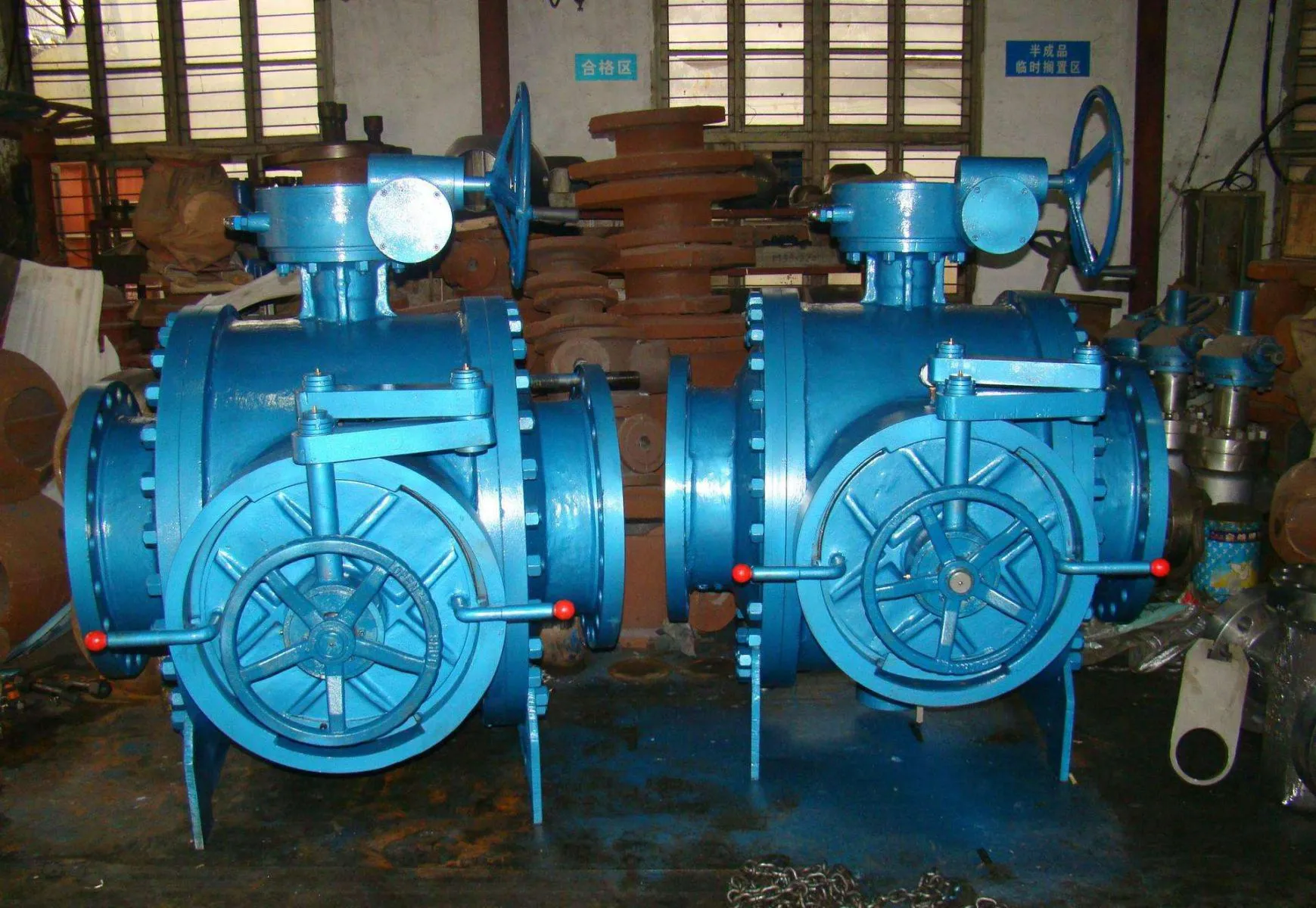What is pigging?
Pigging a pipeline starts with a pig trap – a funnel shaped Y-section in the pipeline that includes a launcher and a receiver. Certain valves, like the GROVE G4N gate valve and WKM Saf-T-Seal gate valve are ideal valves for these pig traps because of their smooth, through-conduit design that does not obstruct the line bore. The launcher3 inserts the pig into the pipeline, where it is either pushed along by line pressure or pulled through the pipe by a cable. The receiver4 acts as a point to remove the pig from the line, as well as any debris the pig has knocked loose.
Why pig a pipeline?
There are various reasons to pig a pipeline, but the most common is to clear the line of debris. This process ensures that the product running through the line is flowing smoothly and reduces the likelihood of product contamination. There also are major safety advantages to clearing a line, as built up debris can degrade the integrity of the pipe wall over time.
Smart pigs also are commonly used today to detect various elements about the pipeline. As mentioned earlier, inspection pigs collect information regarding temperature and pressure, corrosion/metal loss, diameter, bends and curvature to verify pipeline integrity. Cracks, weld defects, surface pitting and areas of crushing/deformation are often measured through pigging as well.
Because of the variety of environments that pipelines are found in, including underground or underwater, and the construction materials of most pipelines, pigs must record their data internally until it can be retrieved by the user. Retrieving and monitoring where certain data was collected5 is done through surface instruments using audible, magnetic or gravimetric methods to record where the pig is at various points. The user then uses this information to map out defects to aid repair crews in maintenance.
Some new, “smart” pigs have GPS capabilities that can assist in mapping a pipeline. This helps maintenance crews save time and money by pin-pointing exactly where is a pipeline is run, instead of having to excavate a large area to reach a specific location in the line.
What makes a valve piggable?
Pigging is a word used to describe the action of cleaning a pipeline via the means of a device, that travels through the line, known as a pig. This device, an invention of the oil industry (sometimes referred to as a Pipeline Intervention Gadget), derived its funny name because of the squealing sound the original--composed of straw and wire--made as it traveled through a pipe. Replicating the action of a gun barrel cleaning brush, a pig travels through a pipeline, scrubbing the interior circumference clean of debris as it is carried along by the media flow. Pressure from the media builds behind the snug-fitting pig, and pushes it along through the entire pipeline, providing the pig fits through all of the valves. Therefore, a piggable valve is any valve that allows the free travel of a pig.
Not every valve can do this. The design of some valve types makes it an impossibility. Take, for example, a butterfly valve, which utilizes a rod that runs through the center. It would not be possible to clean it using a pig. In order to work, a pig must have an outward circumference that is practically equal to a pipe's bore, otherwise it would be little more than a foreign object in the line, and would prove useless. Because of its size, it could not pass through a butterfly valve, or any other valve using a comparable plug. Nor would it normally be able to pass through a valve using a reduced bore (though multi-diameter pigging is possible with the right equipment, though it is more practical in larger diameter applications).
The valves in a pipeline that will be pigged must be through-conduit, otherwise the pig will not pass through them. Through-conduit gate valves and ball valves are piggable. In addition, some check valves are piggable. Care should be taken, however, when using smart pigs or pigs with sensors, as the clapper of the check valve can damage the pig, unless special design considerations are included. Generally, globe valves, butterfly valves, choke valves and plug valves are not piggable, unless a special pigging method or pig is used. The full bore ball valve lends itself well to the practice of pigging. Because when the valve is open, and the bore of the ball is parallel with the inlet and outlet ports, there is virtually no difference between the bore of the valve, and the bore of the line. In this way, not only can the pig pass through the valve unimpeded, it can also clean the bore of the valve, as well as the line.
The process fluid and the type of pipeline largely determine pig type and whether or not pigging a pipeline is necessary. Proper valve selection is essential at the beginning of the pipeline construction process to ensure that pigging is possible if needed.

